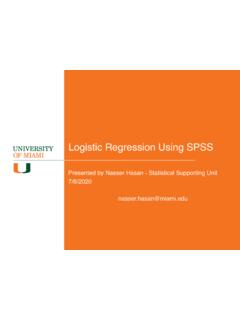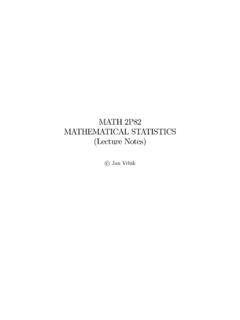Transcription of Count outcomes - Poisson regression (Chapter 6)
1 Count outcomes - Poisson regression (Chapter 6) Exponential family Poisson distribution Examples of Count data as outcomes of interest Poisson regression Variable follow-up times - Varying number at risk - offset Overdispersion - pseudo likelihood Using Poisson regression with robust standard errors in place of binomial log models The Exponential Family Assume Y has a distribution for which the density function has the following form: for some specific function a( ), b( ), and c( , ). : canonical (natural) parameter parameter of interest : scale parameter nuisance parameter The above density define an exponential family if is known; if unknown, it may or may not define a two-parameter exponential family, depending on the form of c(y, ).
2 Examples: Normal binomial Poisson Negative binomial Gamma ; ,exp,ybf yc ya Properties of Exponential Family and Generalized Linear Models If is known in the previous density function, then: Generalized linear models (GLM): We assume the observation are independent with non-constant variance. We extend the linear model by: Replacing the linear model for with a linear model for g( ). Replacing the constant variance assumption with mean-variance relationship. Replacing the normal distribution with the exponential family.
3 Linear predictor: = XT (systematic component) Link function to link and : = g( ) (when = , the corresponding link function is called the canonical link function) E YbVar Yba Poisson distribution The Poisson distribution, Y Poisson ( ), Pr ( = ) = !, > 0, is the most widely-used distribution for counts. The Poisson distribution assigns a positive probability to every nonnegative integer 0, 1, 2, .., so that every nonnegative integer becomes a mathematical possibility (albeit practically zero possibility for most Count values) The Poisson is different than the binomial , Bin(n, ), which takes on numbers only up to some n, and leads to a proportion (out of n).
4 But the Poisson is similar to the binomial in that it can be show that the Poisson is the limiting distribution of a binomial for large n and small . Furthermore, because of the simple form of the Poisson distribution, it is often computationally preferred over the binomial . Examples of Count data Number of visits to emergency room during last year. A study looks at the effectiveness of a new treatment compared to standard care on reducing emergency room visits controlling for demographics and alcohol and drug use of individuals.
5 (from VGSM) Number of damage reports on ships out to sea in the 1960-80. Look for systematic variables influencing the likelihood of damage occurring to the ship. (from McCullagh and Nelder 1989) Length of stay (in days) of hospital admissions. Look for systematic variables ( insurance type, type of admission, demographics) related to the average length of stay (from Hardin and Hilbe 2007) Number of homicides within each census tract throughout the Twin Cities area. Look at whether there are relationships between homicide rate and density of alcohol outlets (Jones-Webb R and Wall MM.)
6 Neighborhood Racial/Ethnic Concentration, Social Disadvantage, and Homicide Risk: An Ecological Analysis of 10 Cities. Journal of Urban Health, 2008. Examples of Count data Number of injuries that resulted in lost work time during the construction of the Denver Airport. Look at characteristic of construction contracts and see if there are things that are related to higher injury rates (form Lowery et al Am Journal of Industrial Medicine 1998) Deaths from coronary heart disease after 10 years in a population of British male doctors.
7 Look at how smoking is related to the risk of death. Have person time at risk (from Breslow and Day 1987). Count of number of abstainers of alcohol and how this is related to treatment. We can use Poisson regression (with robust standard errors) to estimate common risks in places where we might have computational problems using binomial regression . The Poisson regression model Let Yi be the observed Count for experimental unit i Yi|Xi Poi( i) log( i) = Xi The log link is the most commonly used, indicating we think that the covariates influence the mean of the counts ( ) in a multiplicative way, as a covariate increases by 1 unit, the log of the mean increases by units and this implies the mean increases by a fold-change of or scale factor of exp( ).
8 * The log link is the canonical link in GLM for Poisson distribution. Poisson regression for modeling rates Often we are modeling the Count of events within a particular time period, or within a particular region, or within a particular risk group of people. In each of these cases what is of interest is to model the RATE. So given, for example, a specific time period t, we want to model the events occurring in the time period t. Thus, the Poisson mean is better described as = t where is the RATE of events. The term log(ti) is known as the offset and it provides the adjustment for the variable risk sets ( varying time periods followed for each person, or variable numbers of people at risk).
9 It can be thought of as a predictor but it does not have a parameter in front of it to be estimated, so it must be treated different from other predictors in the software. Poisson regression produces relative rates Let Yi be the Count of events within a risk set ti, and Xi predictors of interest. Consider, Now, a change of one unit in a predictor variable relates to unit change in the log RATE ( log( i)), so if we exponentiate this we have a Relative rate (or Rate ratio). Over and Under dispersion Recall that the if Y ~ Poi( ) this means that E(Y) = AND Var(Y) =.
10 It is quite common for the equality of the mean and variance to be incorrect for Count data. In other words, Poisson distributional assumption is often not strictly correct. A common cause of overdispersion is there are other variable causing variability in the outcome which are not being included in the model, unexplained random variation. Underdispersion does not have an obvious explanation. A common solution is to assume that the variance is proportional to the mean, Var(Y) = , and estimate the proportionality factor , which is called the scale parameter, from the data.
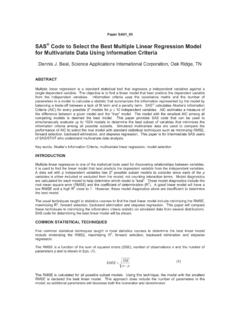
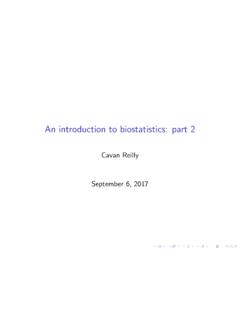
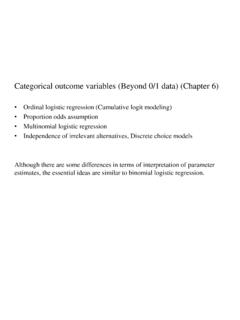

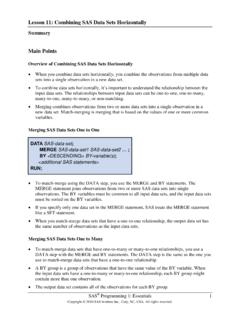
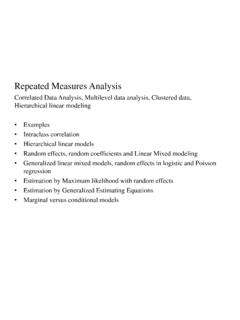

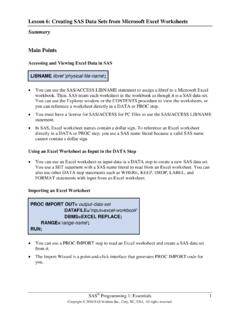
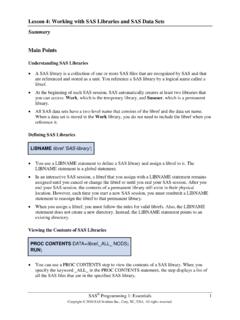
![[ME] Multilevel Mixed Effects - Stata](/cache/preview/4/7/d/4/7/0/c/8/thumb-47d470c861983dd93e6de78ee5724463.jpg)





